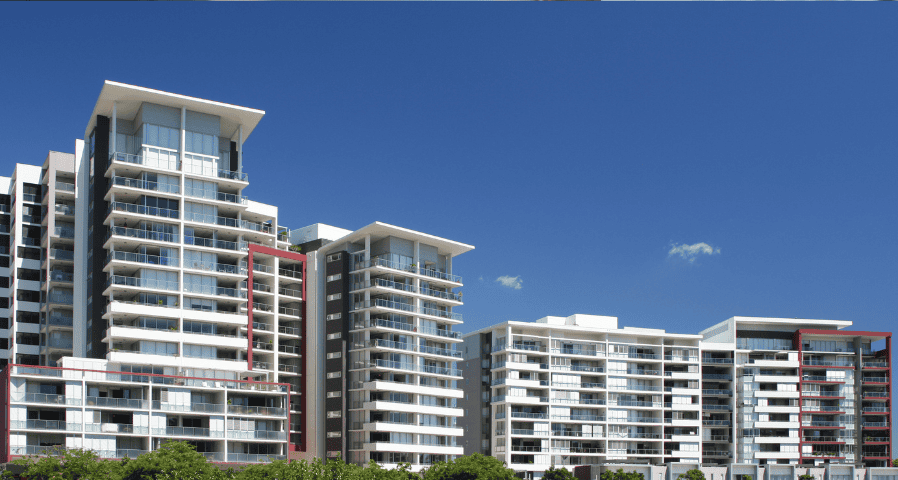An In-depth Look at Lighting Control Systems
What Are Lighting Controls?
We receive a lot of questions about lighting controls for commercial buildings, and what people don’t realize is that all of us are already use lighting controls. How? Your light switch is actually a form of lighting control. Lighting controls in their most basic form are just an input/output device and system. The control device sends information to the system, which then decides what to do with it, like adjusting the power to the lighting.
Let’s take the light switch as a very basic example. A light switch is installed between the power and the light. When the light switch is flipped on, it allows power to flow to the light, turning it on. When the light switch is flipped off, the power to the light is disrupted, turning the light off. In this example, the light switch is a power controller, the most basic form of lighting controls.
Basic lighting controls provide the following functions:
- Lighting controls produce the desired amount of lighting by dimming the intensity of the light output.
- You can designate where light is needed through zoning and controllers.
- And last, you can control when light is needed with occupancy sensors.
But lighting controls have evolved past these basic functions to become smart systems and are the building blocks of smart buildings. Advanced lighting controls can provide the following functions:
- When you combine LEDs with lighting controls you can adjust the color and shade of your light output. Selectable color temperature and wattage LEDs are needed along with dimming arrays.
- Control systems lighting management capabilities allow for remote programing and control.
- Smart buildings with centralized intelligent controls can measure, monitor, and provide alarms.
This is just a sample of what you can expect from an advanced lighting control system.
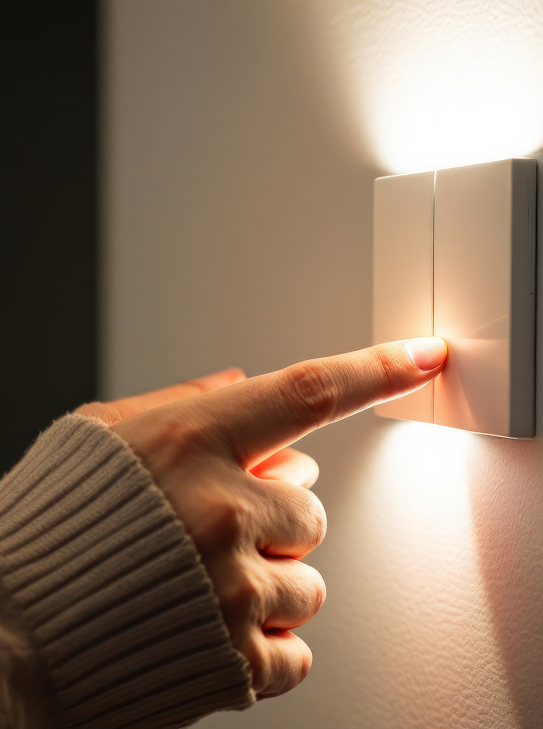
Learn more about our affiliated companies offering Lighting Products and Incentive & Rebate Recovery Services.
Lighting Control Categories
While there are multiple lighting control methods that can be utilized, lighting controls can be broken down into 3 main categories
Standalone Controls
Standalone controls are devices that provide autonomous lighting control and are relatively simple and easily recognizable by most users. They also do not require a connection to a light controller. These adjustable and standalone controls do require individual calibration, but as a warning, if implementing more advanced lighting.
Room-based Control Systems
Room-based control systems are generally designed for plug-and-play installation and offer energy code compliance, along with autonomous room-based control. These systems often come preconfigured with operational sequences designed for easy energy code compliance.
Centralized Building Control
With the recent advancement in smart buildings, we want to look at 2 different types of centralized building controls systems. The first is your transitional version that offers lighting automation with the control panels typically housed in a central location like a server or electrical room.
General Types of Lighting Controls
Here are a few of the different types of lighting controls, from simple to advanced, that can be customized and layered to fit your organizational needs.
Occupancy Sensors
These simple but powerful sensors ensure that your lights are only on when someone is occupying a room.
Daylight Harvesting
There are a lot of building designs that are perfect for implementing daylight harvesting controls.
Astronomical Time Clock
Often used for safety reasons where the lighting must be on at specific times during the day and night.
Trim and Task Tuning
These lighting controls offer a wide range of use. The controls set the maximum lighting level based on set requirements.
Networked Lighting Controls
Networked lighting controls are a more advanced system that links multiple luminaries, spaces, and basic lighting controls together.
Additional Lighting Control System Resources
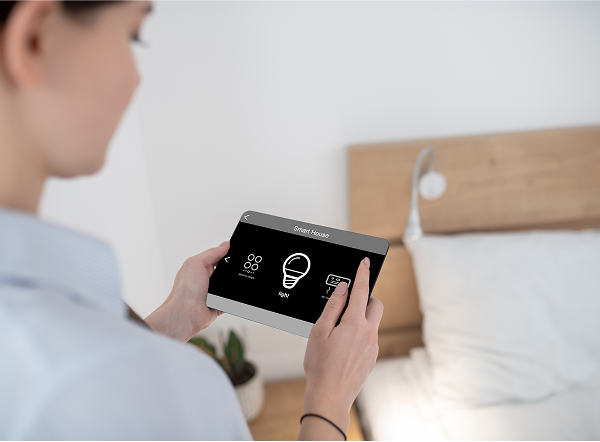
Comparing Wired and Wireless Lighting Controls
Advanced centralized building lighting controls use information about the environment to reduce energy usage by monitoring temperature, occupancy, and daylight data to adjust light levels. When looking for scalability and newer features, one of your decisions needs to center around wired or wireless lighting controls.
There are both advantages and disadvantages to both options, from the ease of installation, reliability, connectivity, and of course, cost. Knowing your options can make a difference down the road, especially if you consider future-proofing your lighting control systems.
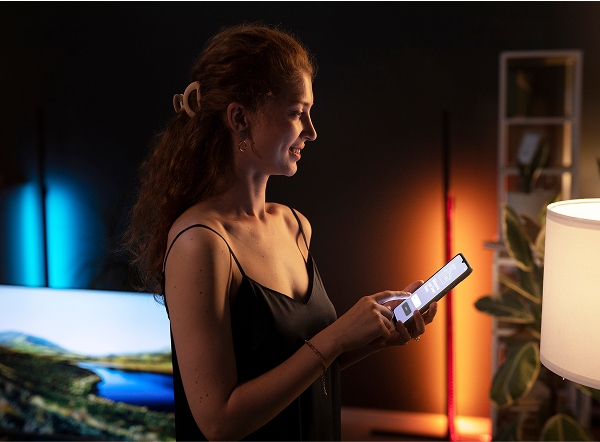
What is a Bluetooth Mesh Lighting System?
There are a lot of buzzwords when it comes to lighting control systems, and bluetooth mesh is one of the hottest control options to hit the market. A bluetooth mesh lighting system allows for multiple-device communication that forwards your message to all connected lighting components. You can now turn on light fixtures, HVAC systems (heating, ventilation, and air conditioning), along with adjusting automatic window shades from your connected device located anywhere.
As an added bonus, unlike wireless lighting control systems, bluetooth mesh does not depend on a router. Click here to learn more about bluetooth mesh lighting control systems.
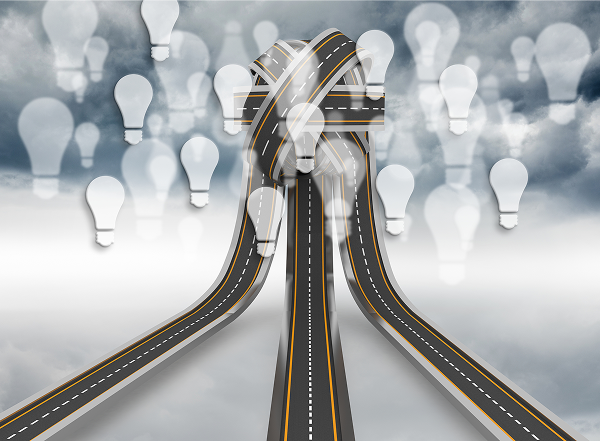
Value Engineering the Right Way
Why do lighting upgrades and lighting control projects often cause project delays or added costs? It’s a question with a few possible answers. But one of the main reasons is your value engineering for the project did NOT account for many common lighting project variables.
In this lighting control resource, we review the most common delays that are adding additional costs to your project, as well as potential problems with your value engineering, and 6 tips for a successful value engineered lighting control project.
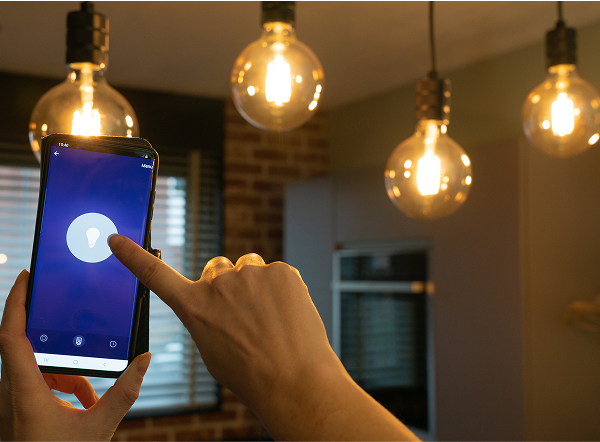
Lighting Control System Blog Feed
Did you know we have an entire blog feed dedicated to lighting control systems? We take an in-depth look at the most common lighting control questions and do deep dives into industry-based solutions. You will find articles on:
- Lighting Controls for Higher Education – Creating an Optimal Experience
- LED and Lighting Control Upgrades for Greenhouses
- Lighting Controls Help Promote Sustainable Hospitality
- Healthcare Facilities Have Positive Response to Lighting Controls
- Click here for the full Lighting Control Blog Feed

Interested in Learning More?
The first step in any lighting control project should be to contact a lighting solutions provider or lighting company that is manufacturer and product-neutral. With neutrality comes a higher focus on your needs as opposed to the desire or limitation of selling a specific product.
A Lighting Control System provider should ask you about your project.
- What are your desired results?
- Are you looking at budget or project completion constraints?
- Do you have an energy reduction target?
- What lighting performance specifics do we need to consider?
At Action Services Group, our business model is designed to offer you;
- maximum ROI
- lighting performance
- maintenance and future upgrade savings
- energy efficiency
Remember, no solution or product is ever a one size fits all. We understand the need to customize solutions to meet the organizations needs.



